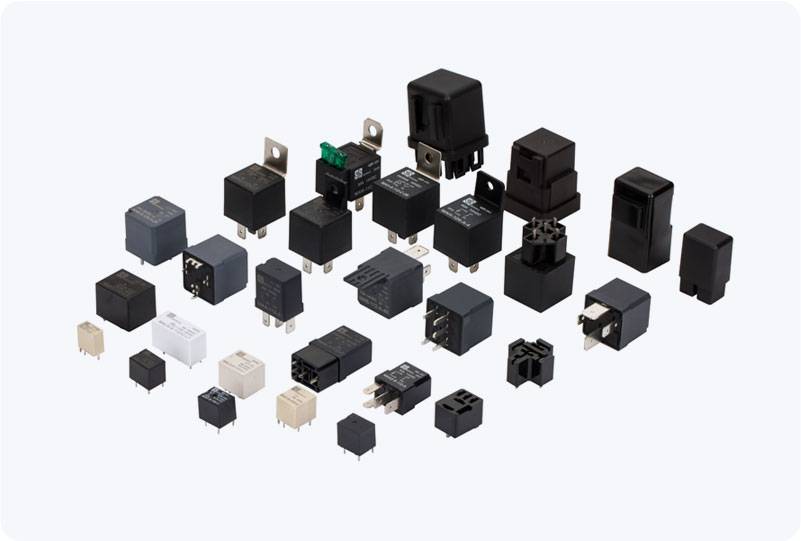A Ground Fault Relay (GFR) is a crucial component in modern electrical systems, primarily designed to detect ground faults and protect both electrical equipment and personnel. These relays provide protection by detecting imbalances in current that occur when a ground fault happens, ensuring that the system operates safely and efficiently. In this article, we will delve into the working principle, functions, and applications of Ground Fault Relays.

What is a Ground Fault Relay? A Ground Fault Relay is a protection device used in electrical systems to detect ground faults, which occur when a conductive part of an electrical system accidentally connects to the earth. A ground fault may happen due to various reasons, such as insulation failure, physical damage to cables, or natural causes like lightning strikes. Without proper protection, these faults can lead to severe damage to electrical systems, equipment failure, or even pose life-threatening risks to people. Ground Fault Relays monitor the flow of current in a system and detect imbalances between the live (hot) and neutral conductors. When a ground fault occurs, current flows through an unintended path, typically to the ground. The relay senses this deviation in current and triggers a protection mechanism, which can either send an alarm or disconnect the faulty section of the circuit, preventing further damage or danger.